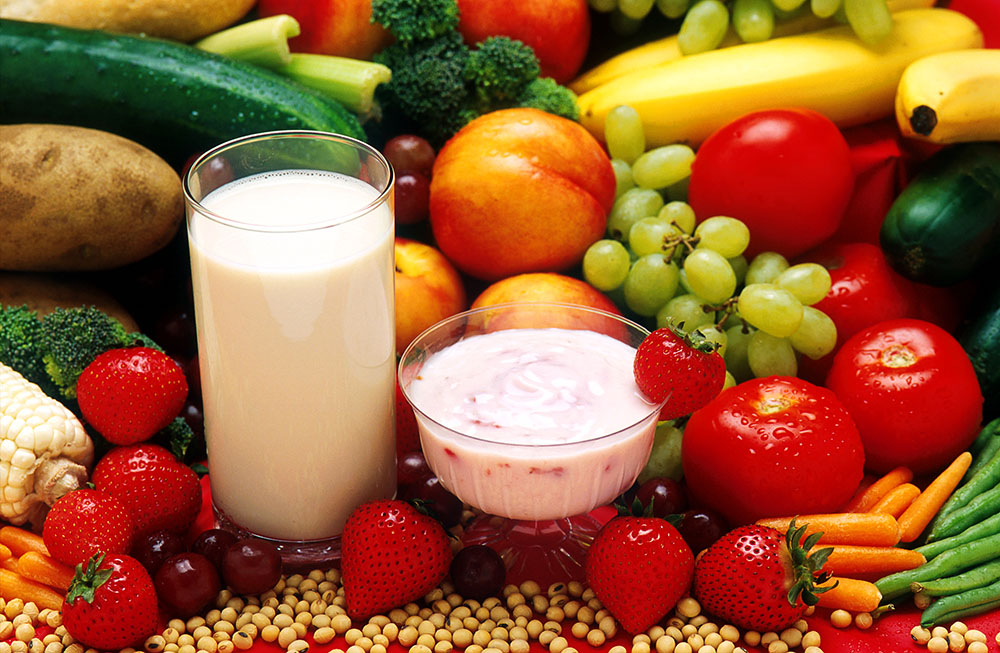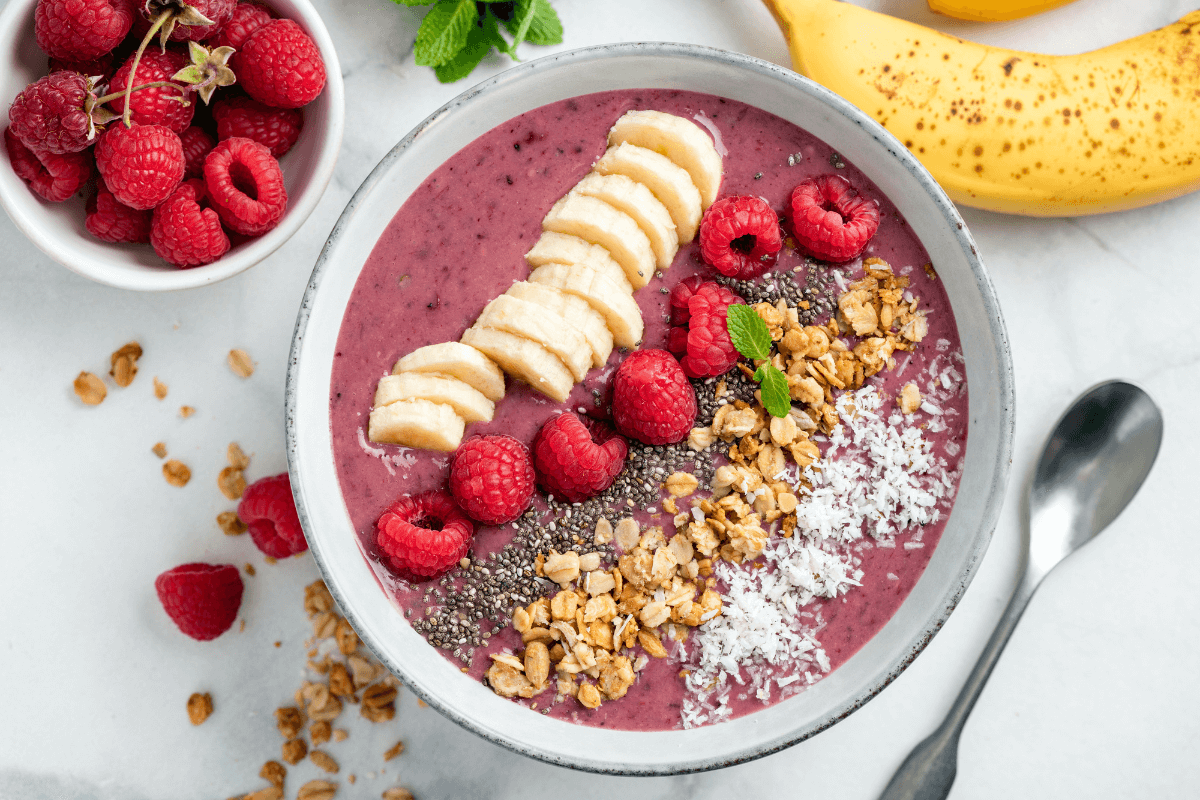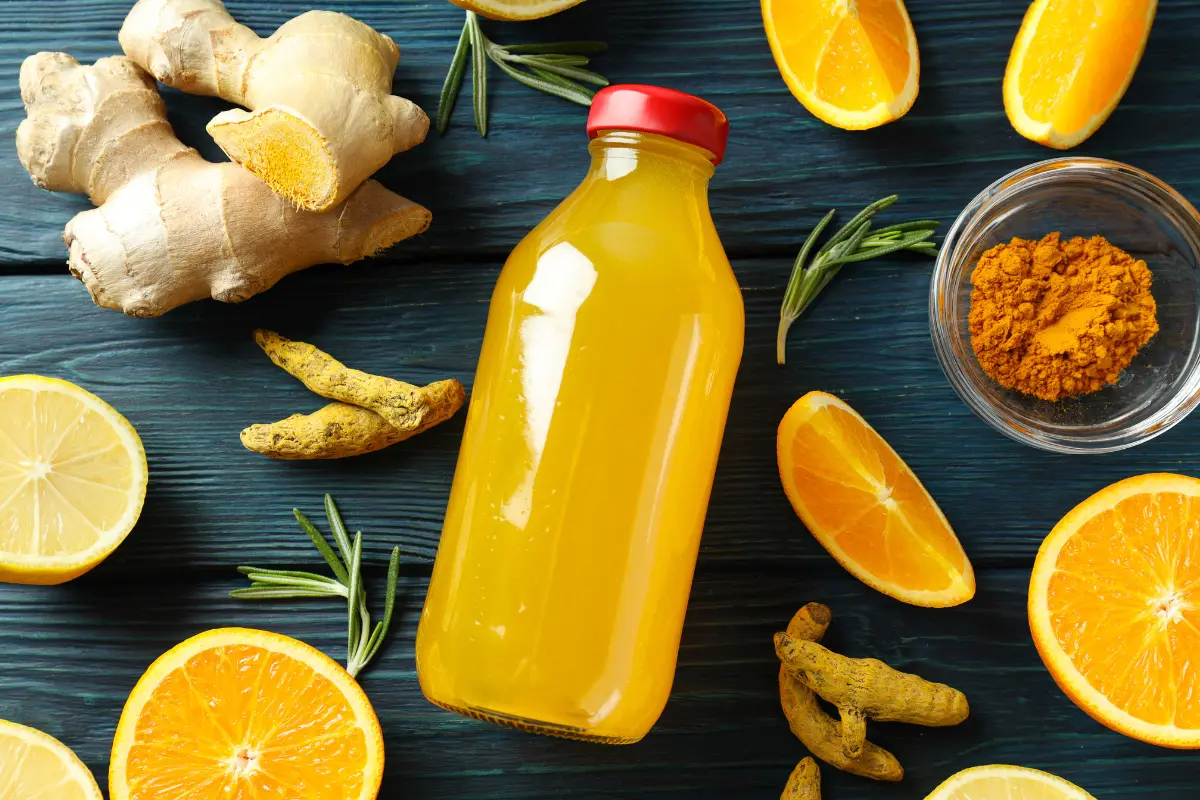
A common weight loss tactic is eating a low-fat diet (not talking to you, ketogenic dieters!).
We’re not saying that fat is bad for you. In fact, fat is a crucial macronutrient, and we LOVE it. We're just excited to show you that when you start tracking your fat intake, you learn a lot about it. Like:
- Fat packs a calorie punch
- Fat intake adds up quickly
- You may consume a lot more or less fat than you thought you did
- You might even consume way more or less fat than you need
Fat is a very potent macronutrient with many health benefits. The fact is, compared to protein and carbs, your body doesn't need as much fat to be able to perform its important functions.
The way cuisines have developed in society makes it easy to go overboard with eating fat. Monitoring your fat intake is tricky – both quality and consumption – in the beginning, but with some practice, it becomes second nature.
Here are some tricks to help you stick to quality fats and, if you're tracking your intake, that are within your macro ranges:
Advertisement
- Fruits and Vegetables are either low in fat or have no fat content at all. Eat them all! If you're looking to add some good fats and flavor to your vegetables, add olive oil.
- Lean Meats such as chicken, turkey, pork, eggs, seafood, and game meat are typically low in fat and make the ideal choice if other elements of your dinner are super fatty. For example, if you're eating a lot of guacamole or coconut curry, you might want to add lean meat to your meal to avoid a huge hit of fat in one meal.
- Some Deli Meat. Read the nutrition and ingredient labels to be aware of all the additives. Enjoy rare roast beef or ham on your sandwiches and salads, and get your fat from other sources like cheese, avocado, butter, or mayonnaise!
- High-fat Meats like chicken thighs or chicken with the skin, fatty red meat cuts, bacon, pork belly, and salmon pack a lot of high-quality animal fats into a meal. If you're looking to get your fat from those sources today, you can try pairing them with a lower-fat side like rice, pasta, or potatoes. Again, this is only if you're trying to not further increase your fat intake.
- Low Fat/No Fat Dairy like yogurt, cheese, and milk can be skimmed of their fat with minimal processing and no added preservatives. If you read the ingredient labels you’ll find the low-fat value comes from the skimming process and not additives. Low fat can be valuable if:
- you're making a meal, for example a smoothie with plenty of other high fat ingredients like peanut butter or other whole milk dairy.
- you're tracking your macros and are trying to hit a protein target, but you've already reached your fat target. - Oils and Butters Pure fat sources are so good for you and a great way to dress up blander, dry non-fatty ingredients like grains. Opt for olive oil, butter, ghee as a way to finish off your fat intake for the day.
Go Easy With Processed Low-Fat Food
Low-fat alternatives to our favorite fatty foods can be a lifesaver when it comes to diet compliance. They can allow us to indulge without derailing progress from time to time. That is totally fine, just be aware that to reach their low-fat form some are heavily processed...
Additives are used to create the thick, creamy consistency you’re expecting from their full-fat version. Colors and flavors may be added to make them look and taste like their full-fat versions.
- Low Fat Dairy can have additives such as sugars and thickeners and should be eaten sparingly. Read the labels of your low-fat cream cheese, ice cream, yogurt, etc. and stay aware of what you're eating. Try to find dairy options with the least additives.
- Lean Meat/Deli Meat can have additives pumped into them. Read the labels and check that your meat is 100% animal, herbs, spices and/or salt.
- Low-fat cookies, candy, and treats - junk food is junk food and low fat or not, these items should be eaten sparingly and in conjunction with a nutritional meal.
- Low-fat sauces, dressings, and marinades can be often packed with additives. Add them to your meals to give some flavor but don’t rely heavily on them. Making your own at home using vinegar, fruit juice, honey, mustard, and yogurt (to name a few) is a great alternative to most store-bought options.
Good nutrition is based around quality vegetables, fruits, and meats. Accompanying these staples with the occasional side of low-fat cream cheese, ice cream or chocolate is absolutely fine. It’s all about finding a balance that works for your lifestyle and your goals.
We’re always adding delicious recipes with all kinds of fat-content to our articles. Some of our favorite recipes that are naturally lower in fat are listed below, and you can make all kinds of great tweaks using the tips above to increase and change up those fat ratios:
Easy Cauliflower Salad
Paleo Beef Stroganoff
Spicy Pineapple Coconut Chicken - recently recommended by Brooke Ence!
Mixed Berry Oatmeal Bake
Maple Carrots and Cauliflower Mash from our 8 Days of Thanksgiving Series
Turkey Sliders
Protein Waffles
Advertisement
Photo credit: Total Shape
Dani Sheriff
Schedule a Free Intro Call
Working Against Gravity has led the macro tracking and health space for over a decade. Our team doesn’t just understand the science of nutrition—we’ve spent years mastering the art of tailoring it to fit your life. That means no cookie-cutter plans, just real strategies that have worked for over 30,000 people.
Schedule a free call with our team to learn how working with a 1-on-1 WAG coach will help you reach your goals.



